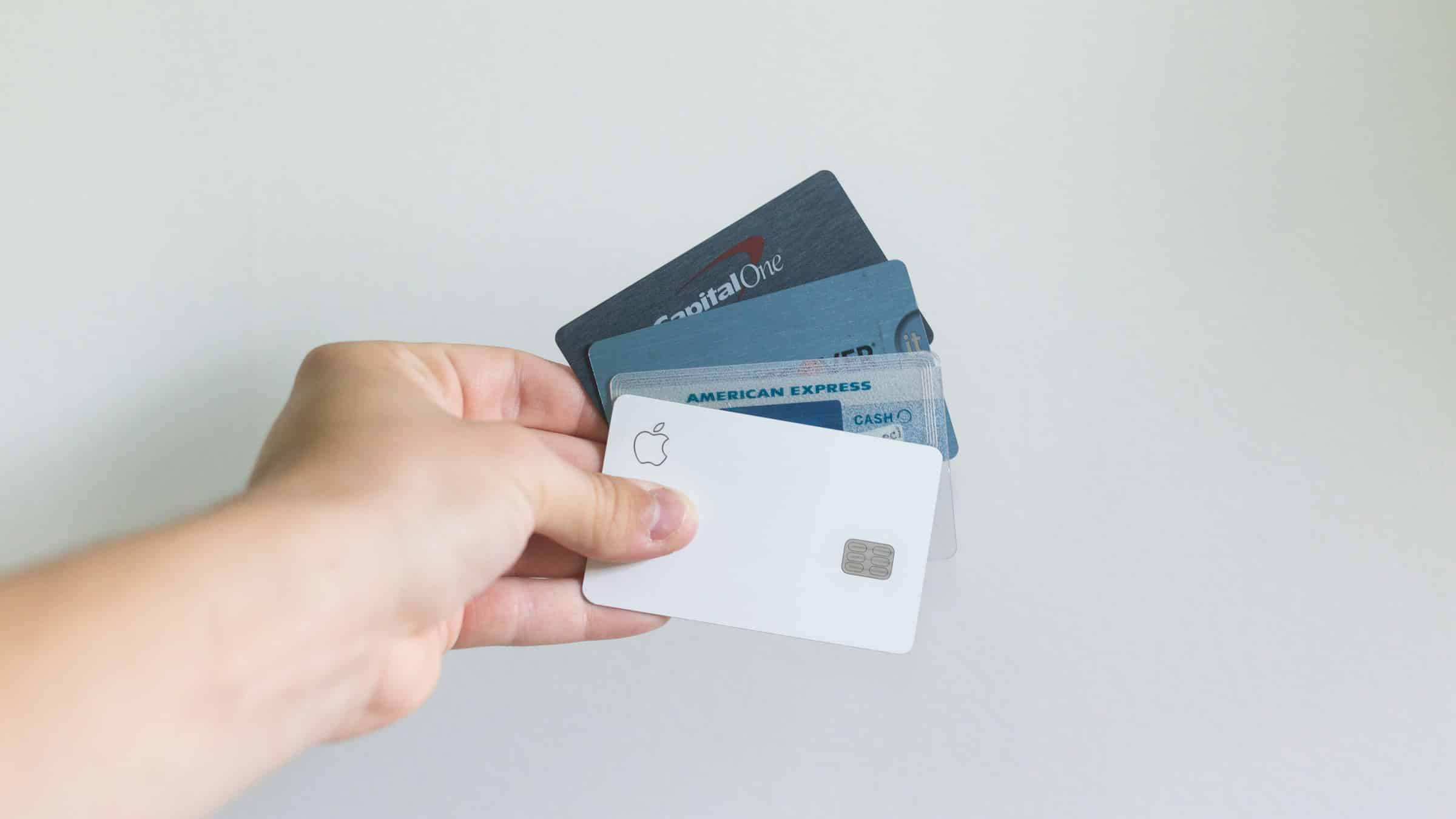Bankruptcy vs. Consumer Proposal: What’s the Difference?
Bankruptcy vs. Consumer Proposal: What’s the Difference?
When faced with overwhelming debt, individuals have several options to consider for financial relief. Two common options in Canada are filing for bankruptcy and making a consumer proposal. Both strategies can offer a fresh start, but they come with different processes, impacts, and considerations. Understanding the differences between bankruptcy and a consumer proposal is crucial for making an informed decision that aligns with one’s financial situation and future goals.
What is Bankruptcy?
Bankruptcy is a legal process designed to provide relief to individuals who cannot meet their debt obligations. When you declare bankruptcy, your assets (with certain exceptions that vary by province) are turned over to a trustee in bankruptcy, who then liquidates these assets to pay off as much debt as possible. After the assets are liquidated and the proceeds distributed among the creditors, most of your remaining debts are discharged, meaning you are no longer legally obligated to repay them. Bankruptcy typically offers a quicker discharge from debts, with first-time bankruptcies being discharged in as little as 9 to 21 months.
What is a Consumer Proposal?
A consumer proposal is a legally binding agreement facilitated by a licensed insolvency trustee between you and your creditors to repay a portion of your debts over a period of up to five years. The monthly payment amount is negotiated by your trustee with your creditors, and once the agreement is in place, interest on the owed amounts stops accumulating. One of the primary advantages of a consumer proposal is that you retain control of your assets. Furthermore, once the proposal terms are fully met, the remaining outstanding debt is forgiven.
Key Differences Between Bankruptcy and Consumer Proposal
While both bankruptcy and consumer proposals are designed to help manage and eliminate debt, they have distinct differences in their approach, impact on assets, credit rating implications, and the process itself. Here are some of the key differences:
- Asset Impact: In bankruptcy, you may lose some of your assets, depending on your province’s bankruptcy exemptions. In a consumer proposal, you retain ownership of your assets, including your home and car, as long as you continue to make payments on any loans secured by those assets.
- Credit Rating: Both options will negatively impact your credit score, but a consumer proposal is generally regarded as less severe. A bankruptcy is reported as an R9 rating (the lowest rating) for a period of 7 years for a first bankruptcy, whereas a consumer proposal is rated as an R7 and remains on your credit report for three years after the final payment is made.
- Duration and Payments: The duration of a bankruptcy can vary, especially if it’s not your first bankruptcy, but generally lasts 9 to 21 months for a first-timer. A consumer proposal can extend up to 5 years, with the payment plan tailored to your income and negotiated with creditors.
- Cost: The costs associated with filing for bankruptcy or a consumer proposal are also different. The administrative costs, fees, and any required payments to a trustee in bankruptcy or insolvency trustee for a consumer proposal can vary depending on individual circumstances, including the complexity of your case and your income.
Choosing the Right Option for You
Deciding between bankruptcy and a consumer proposal depends on your unique financial situation, your ability to repay debts, and your goals for the future. It’s vital to consult with a licensed insolvency trustee who can review your finances and help you understand the implications of each option. Remember, the goal is to find a solution that provides you with a fresh financial start while minimizing the negative impacts on your financial health.
In conclusion, both bankruptcy and consumer proposals offer avenues for dealing with overwhelming debt but differ significantly in their approach and consequences. Understanding these differences is key to making an informed decision that supports your journey to financial recovery and stability.

